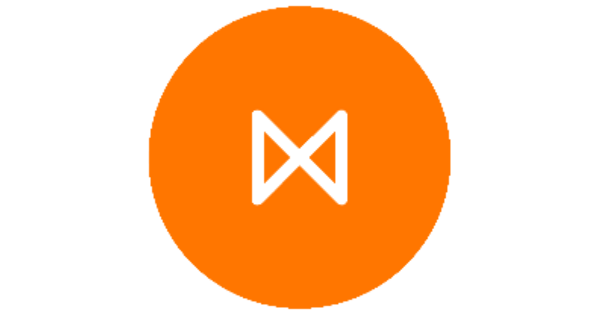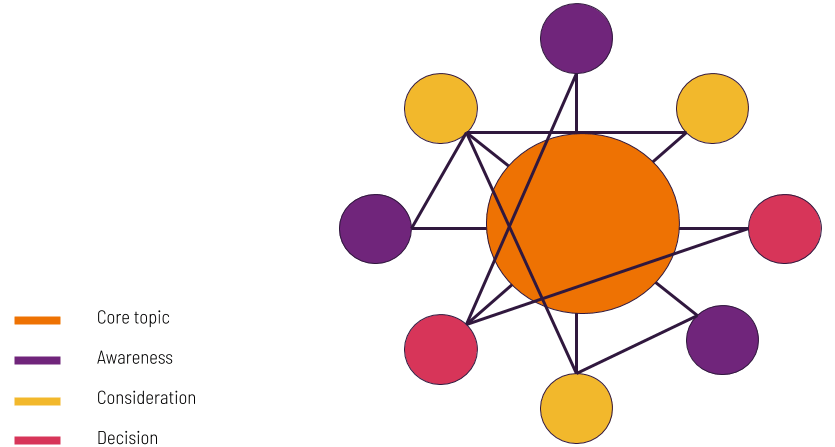If you’re starting out with Google Ads (and paid advertising in general), the terminology can be confusing.
However, if you start running ads without knowing what your campaigns are doing, you’ll end up wasting money.
One factor that can affect your campaign outcome is your bidding strategy.
In this article, I’ll walk you through the main Google Ads bidding strategies and explain what each one does, to help you understand which one is best for you.
Table of Contents
ToggleYou need to know what each bidding strategy does and how it might affect your campaign ROI.
Let’s jump straight in.
Why do bidding strategies matter?

Your bidding strategy will affect the outcome and final ROI of your Google Ads campaigns. It’s critical that you pick the best one for your needs.
Some will help you get more clicks, others are focused on impressions, and others on conversions.
The best one for you will depend on your goals and budget.
Types of bidding strategies

There are three main types of Google Ads bidding strategies:
- Results Focused Strategies
- CPC Bidding Strategies
- Visibility Focused Strategies
They’re all slightly different, and each can help your campaigns hit your targets (if your campaigns are set up for success).
Let’s take a look at what these strategies entail. We’ve grouped them into different categories to help you understand the key goal of each one.
Results focused strategies

Target CPA
The Target CPA (Cost Per Action) strategy will help your campaign generate as many conversions as possible at, or below, your desired cost for that action.
For example, if your campaign is designed to generate eBook downloads, you can set a $15 CPA (or however much that conversion action is worth to your business).
Google Ads will then optimize it’s targeting in order to hit that CPA.
Target ROAS
Target ROAS (Return on Ad Spend) is a strategy that helps you ensure your ads return a certain amount. With this bidding strategy, you set a desired percentage of return you want on your ads.
For example, if you’re running ads that are focused on bottom-of-the-funnel messaging, you might want that campaign to have a specific ROI.
If you set it at 500%, for example, your campaign will be optimized to generate $5 for every $1 spent.
Maximize conversion value
If the only thing you care about is conversion value, and not ROAS or CPA, this bidding strategy is ideal. It will use your budget and work to get the highest possible conversion value possible.
It does this by using past campaign data to determine the best terms, CPC bids, and time of day to show your ads.
For example, if you’re selling software that people use at work, you might be wasting money by advertising on the weekends. Google Ads will identify that those weekend views or clicks aren’t leading to conversions, and optimize accordingly.
CPC bidding strategies

Maximize Clicks
The Maximize Clicks strategy is relatively self-explanatory. Your budget will be spent with the goal of generating as many clicks as possible. This is a good bidding strategy to use if your goal is to generate traffic to your site.
However, it can be risky. You don’t have full control over when and how Google will spend your money, so traffic quality may be bad.
Also, remember to click the checkbox next to “Set a maximum cost per click bid limit”.
Assuming your budget isn’t infinite, this will help ensure you don’t spend too much bidding for clicks you can’t quite afford.
Manual CPC
If you want fine control over how much you spend per click, Manual CPC (Cost Per Click) bidding is for you.
You can choose how much you’re willing to spend per click, based on keywords or the type of ad placement. Manual CPC can be more efficient than automated bidding strategies as you know what is best for your business and can optimize for that.
On the other hand, it may take more work to manage a manual CPC campaign than it would for a campaign using an automated strategy.
Visibility focused strategies

Target Impression Share
If you care about visibility and getting eyes on your ads, Target Impression Share can be effective.
It automatically sets your bids in order to show your ads in the most visible location.
You can choose to show your ads at the Anywhere On the Page, Top of the Page, or even at the Absolute Top, guaranteeing your ad that #1 position.
This can get expensive if you’re in a competitive market, so be careful.
You can set a CPC bid limit, and I’d recommend basing that on your existing knowledge of how much you’d usually spend to attract a qualified lead on other channels.
CPM
CPM is the Cost Per Thousand Impressions. You set the price based on how much you’re willing to spend for 1000 impressions. It’s commonly used with display ads, and you get charged whenever your ad is loaded on a web page.
CPM is best for brand awareness and visibility campaigns.
I’d recommend running a CPM campaign alongside other conversion-focused campaigns to help drive awareness, that should then have a positive effect on down-funnel conversions. If the cost-per-conversion on your other campaigns are lowered, you know your awareness campaigns are working.
vCPM
vCPM is the Viewable CPM. This means you’ll only pay for impressions where your ad is deemed “viewable”.
This means at least 50% of your ad must be viewable on the screen for at least a second.
It’s preferable, and less risky than using simple CPM bidding because you know people are going to actually see your ad.
Which Google Ads bidding strategy is the best for your business?
Google Ads bidding strategies can help you save time on campaign management and still generate the results you need.
It’s important to remember that none of these bidding strategies are a silver bullet.
Your ad campaigns need to be set up for success. Your copy or creatives need to be unique and resonate with your ideal customer.
However, if your fundamentals are in place and you know your goals, Google Ads’ built-in bidding strategies can help you scale your campaigns faster, and help you generate more ROI on your ad spend.
Start growing your business with Metigy and Google Ads today

Managing a Google Ads Account is difficult. Not only do you have seemingly infinite options and settings to choose from, but you also have to bid against competitors who may have a bigger marketing budget than you have.
At Metigy, we’ve addressed the number one challenge facing SMEs that want to start using Google Ads, the complexity of creating and running a successful Google Ads campaign. We’ve created a simple way for you to run a successful Google Ads campaign, backed by our AI recommendation technology. You can start using Google Ads inside your Metigy account and drive customers to your site. Simply click on the ‘Ad Management’ button on your homescreen to get started.
Signup and unlock Google Ads today using our AI Recommendations!









